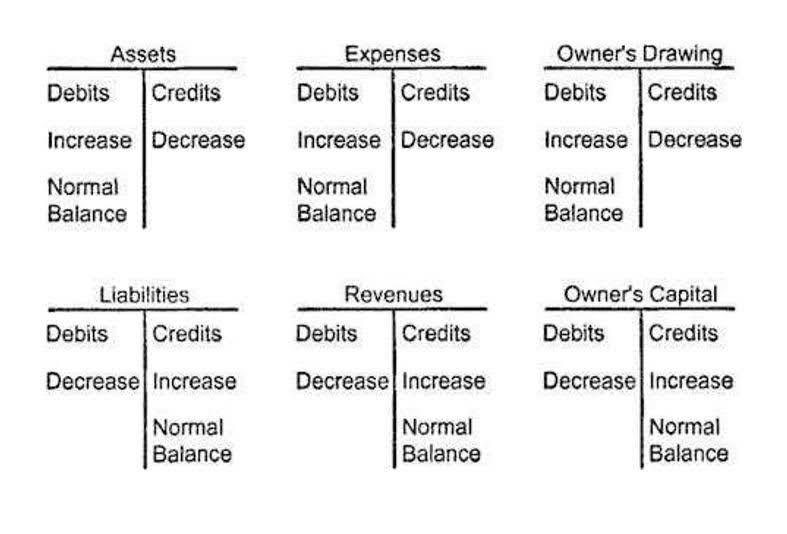
A current asset whose ending balance should report the cost of a merchandiser’s products awaiting to be sold. The inventory of a manufacturer should report the cost of its raw materials, work-in-process, and finished goods. The cost of inventory should include all costs necessary to acquire the items and to get them ready for sale. Things that are resources owned by a company and which have future economic value that can be measured and can be expressed in dollars. Examples include cash, investments, accounts receivable, inventory, supplies, land, buildings, equipment, and vehicles. At a minimum of once per year, companies must prepare financial statements.

Best Software for Small Businesses in 2025

The following are brief descriptions of the classifications usually found on a company’s balance sheet. When a balance sheet reports at least one additional column of amounts from an earlier balance sheet date, it is referred to as a comparative balance sheet. To illustrate, let’s assume that a new company pays $6,000 on December 27 for the insurance on its vehicles for the six-month period beginning January 1. For December 27 through 31, the company should have an asset Prepaid Insurance or Prepaid Expenses of $6,000. Losses are reported when a company disposes of a long-term asset for the cash, and the amount of cash received is less than the book value of the asset. For example, if a company car is sold for $7,500 and its book value is $9,000, a loss of $1,500 will be reported.
Professional Bookkeeper’s Guide to QuickBooks.
- This helps to identify any discrepancies and ensure that all transactions are recorded accurately.
- If you’re still indecisive on what method to choose for your small business, head over to our guide on the basis of accounting for more tips.
- Accounting matters in every industry, from small startups to large global corporations and even government entities.
- As a small business owner, she is passionate about supporting other entrepreneurs and sharing information that will help them thrive.
- Bookkeepers ensure that every sale, purchase, receipt, and payment is captured methodically in a company’s accounting records.
- The distinctions in educational backgrounds and certifications between bookkeepers and chartered accountants are significant.
Bookkeepers are responsible for recording, classifying, and organizing every financial transaction that is made through the course of business operations. The accounting process uses the books kept by the bookkeeper to prepare the end-of-the-year accounting statements and accounts. Chartered accountants, on the other hand, analyze these records to develop cash flow forecasts. They assess long-term financial health and advise on strategies to enhance cash flow liquidity. This combination allows business owners to make timely decisions regarding spending, investments, and expansions. While bookkeepers manage everyday transactions, chartered accountants ensure the strategic direction of financial health, making them essential partners for any business owner.

Bookkeeper vs. accountant: What’s the difference?
By analyzing financial records, businesses can identify areas of growth, make strategic investments, and improve their overall operations. A bookkeeper is responsible for maintaining accurate financial records for a business. Bookkeepers also ensure that all financial reporting is up-to-date and accurate, making them an essential part of bookkeeping explained any business. The income statement, also called the profit and loss statement, focuses on the revenue gained and expenses incurred by a business over time.
- For the past 52 years, Harold Averkamp (CPA, MBA) hasworked as an accounting supervisor, manager, consultant, university instructor, and innovator in teaching accounting online.
- The deferral will be evidenced by a credit of $1,000 in a liability account such as Deferred Revenues or Unearned Revenues.
- Therefore, the demand for skilled accounting professionals remains strong.
- Cost of Goods Sold is a general ledger account under the perpetual inventory system.
- You’ll be able to make smart choices that help your business succeed in the future.
Universal Accounting School
- The cash paid out or cash outflows are reported as negative amounts.
- In bookkeeping, you have to record each financial transaction in the accounting journal that falls into one of these three categories.
- The recording of sales involves detailing every transaction in which a product or service is sold.
- It ensures that all transactions are properly recorded, classified, and summarized, facilitating a transparent and timely submission to government agencies.
- On the other hand, accounting goes beyond just recording to analyze financial data, generate insights, and produce complex financial statements.
It is best to look out for errors early, and correct them on the ledger instead of waiting for the trial balance at the end of the fiscal year. Recording transactions begins with source documents like Bookkeeping for Painters purchase and sales orders, bills, invoices, and cash register tapes. Once you gather these documents, you can record the transactions using journals, ledgers, and the trial balance.
